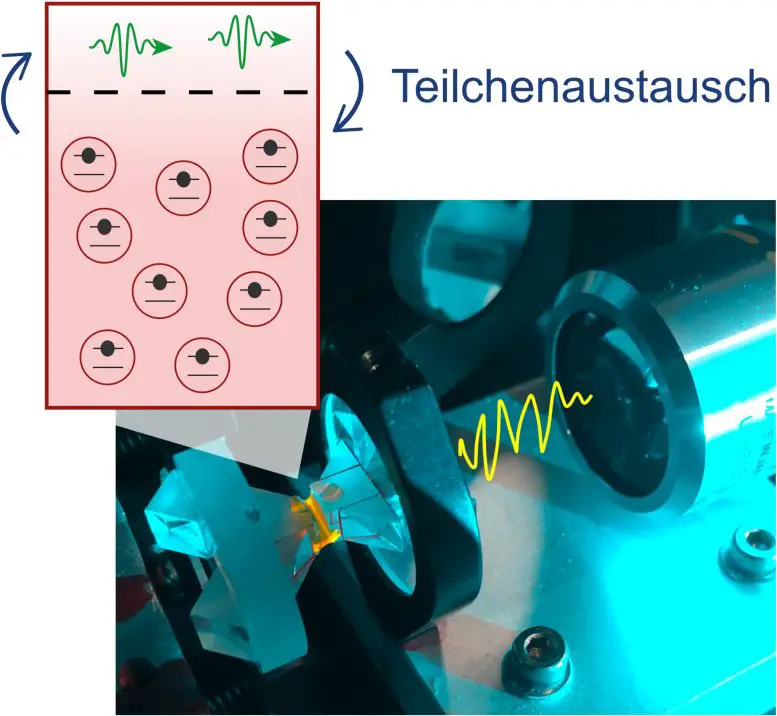Scientists have long been baffled by the seemingly infinite properties of the quantum world, which is made up of tiny particles that can take on a bewildering range of configurations. However, in a newly published study, researchers have shown that one of the cornerstones of Einstein’s theory of general relativity, which governs the behavior of masses and bodies in the universe on a large scale, also applies to the quantum world.
Breakthrough discovery enables measurement of specific quantum properties
This discovery enables the measurement of specific properties of these quantum “superparticles,” providing a means of deducing system characteristics that would otherwise be challenging to observe.
The findings of this study have been published in the journal Physical Review Letters.
The physical law that describes this fundamental relationship is the fluctuation-dissipation theorem.
In simple words, it states: The greater the force you need to apply to perturb a system from the outside, the less it will also fluctuate randomly (i.e., statistically) on its own if you leave it alone.

Researchers discover key building block of the universe
It has long been theorized that because photons are the smallest units of light, they could also be the building blocks of the most complex objects in the universe. And now, thanks to research conducted at the University of Bonn, this theory has been confirmed.
Using a new method called “time-resolved photonic crystal spectroscopy”, the team was able to measure the fluctuations in the number of condensed particles over a range of temperatures. And their findings showed that the number of super photons fluctuates in a similar way to molecules in a liquid.
This confirms a key theorem in Einstein’s theory of general relativity, which states that the fluctuations in the number of particles in a systemaindicates the motion of those particles.
The research has implications for understanding how lasers work, and could also lead to new ways to create powerful quantum computers.
Dark matter explained
There has been a recent discovery that low-energy photons are swallowed less often. The effect can be explained by the fluctuation-dissipation theorem. This sensitivity should decrease as fluctuation decreases, and this could be used to probe the microscopic properties of Bose-Einstein condensates. It is now possible to infer the microscopic properties of Bose-Einstein condensates from macroscopic response parameters. Low-energy photons are less likely to excite a dye molecule and this results in fewer condensed light particles.
After years of speculation, research and experimentation, scientists have finally been able to verify the validity of one of the most famous theories in physics-Einstein’s Theory of General Relativity. This breakthrough discovery enables us to measure specific quantum properties, which opens the door for new insights into the universe. Additionally, dark matter was finally explained by researchers as a form of energy that does not have the usual properties of matter.


